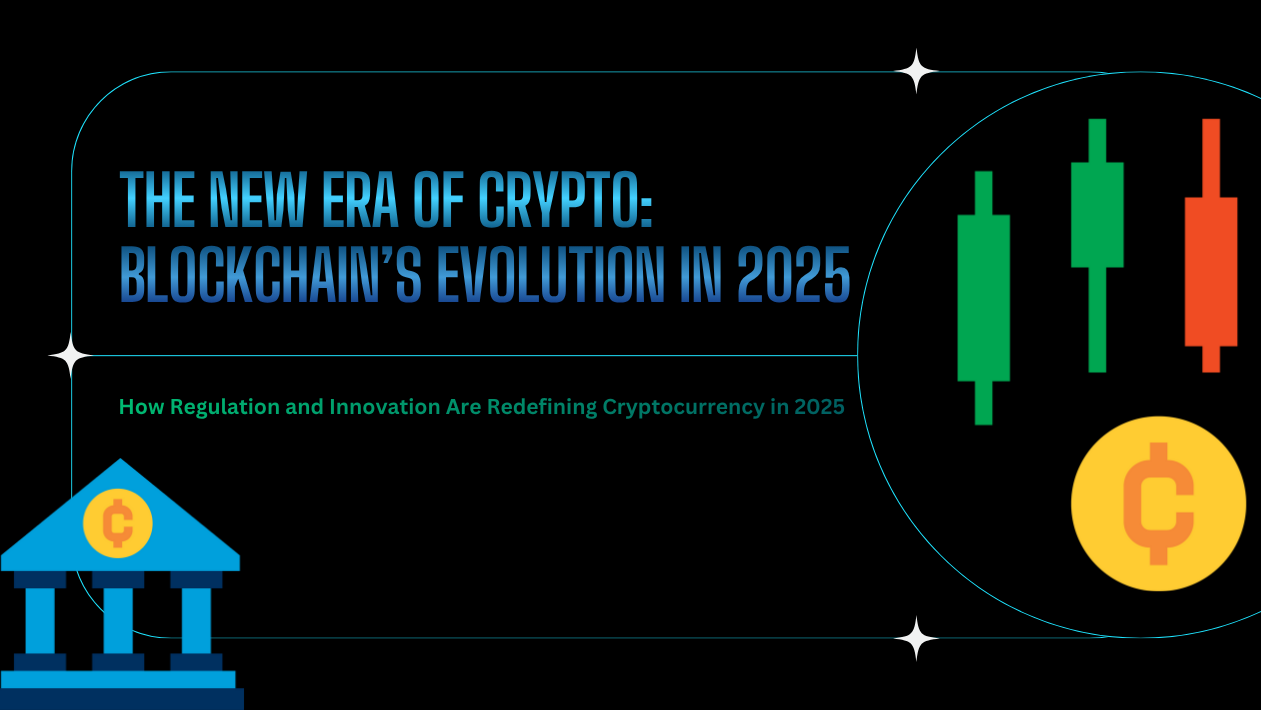Embedded payments are revolutionizing how customers interact with services—by making transactions nearly invisible, seamless, and instant.
Traditionally, payments were a separate step—requiring redirects, logins, or manual entries. Embedded payments eliminate these steps by integrating payment processes directly into apps, platforms, and devices.
When a customer hails a ride, subscribes to a service, or orders food in an app—without having to “pay” in the traditional sense—that’s embedded payment in action.
This trend is being fueled by API-first development and open banking, which allow businesses to securely connect financial functions to user experiences.
At The Tech Whale, we help platforms across industries—from SaaS to logistics—to integrate embedded payments and enhance user engagement.
Think of the success of food delivery platforms, ride-hailing apps, and streaming services. Their frictionless payment systems are not just conveniences—they’re critical drivers of user retention.
Embedded payments go beyond B2C. In wholesale and enterprise software, integrated payments speed up procurement, reduce invoice errors, and offer real-time payment tracking.
Fintech-as-a-Service (FaaS) providers now offer plug-and-play payment modules that platforms can implement without building full infrastructure from scratch.
Smart contract integration allows businesses to automate payouts, commission disbursement, and milestone-triggered payments.
Subscription billing, installment plans, and one-click upsells become intuitive and accessible through embedded financial flows.
This trend is tightly linked with embedded finance, where platforms also offer lending, insurance, or investment services alongside payment capabilities.
Security in embedded payments relies on tokenized transactions, encrypted SDKs, and PCI-ready infrastructure offered by backend providers.
Fraud detection is embedded as well—using machine learning models trained on large datasets to detect anomalies in real time.
Companies adopting embedded payments gain deeper insights into buyer behavior, including transaction frequency, conversion points, and churn triggers.
With mobile and voice becoming dominant interaction modes, embedded payments are also evolving into contextual commerce, triggered by conversation, location, or routine.
Emerging technologies like voice recognition, gesture-based authentication, and 5G latency reduction make embedded payments faster and more intuitive.
Microservices architecture ensures embedded payments can scale independently without affecting other platform functions.
Regulations like PSD2 and PCI-DSS still apply, but providers now offer white-label compliant modules for quicker implementation.
Embedded payments are more than a technical feature—they’re reshaping entire business models and monetization strategies. As industries evolve toward platform ecosystems, embedded payments become the invisible backbone of seamless customer experiences.





